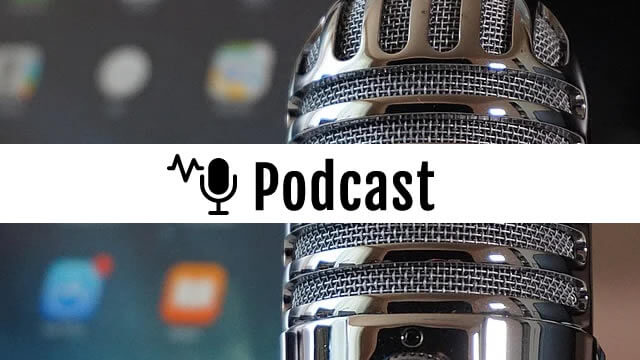
ProShares UltraShort S&P500 (SDS)

SDS: A Good Hedging Tool With A Caveat
The ProShares UltraShort S&P500 ETF offers -2x daily S&P 500 exposure, making it popular for short-term trading. Leveraged ETFs like SDS experience decay due to beta-slippage, especially in volatile markets. SDS has shown positive drift over multiple time frames, making it a relatively safer hedge compared to more leveraged ETFs like SPXU.

Will Macroeconomic Shocks Lead To Business Cycle Recession?
James Kostohryz shares why asset allocation is crucial for individual investors to achieve alpha, especially by sidestepping bear markets and reentering at favorable valuations. The U.S. economy faces three major shocks: trade war tariffs, fiscal spending cuts, and labor supply shocks due to reduced immigration.

Buy SDS To Hedge A Recession And Bear Market
Consider raising cash, using defensive strategies like writing covered calls, and investing in value plays to hedge against a potential stock market meltdown in 2025. Utilizing inverse index ETFs, such as the ProShares UltraShort S&P500 product, can also help investors reduce net-long exposure. High cash yields and lower futures/swap costs have made index-shorting ETFs an effective hedging tool, outperforming expectations in recent years.

Leveraged ETF Dashboard: SDS In Positive Drift For Months
A drift dashboard with 22 leveraged ETFs. Leveraged silver ETFs had the worst decay in October. SDS drift has been positive for months and long-term average is close to zero, making it a good hedging instrument.

SDS: Playing With Fire
Shorting the S&P 500 is risky and often unsuccessful over time, but some use leveraged inverse ETFs like SDS for bearish bets. ProShares UltraShort S&P500 ETF tracks -2x daily performance of the S&P 500 through derivatives and swaps, rebalanced daily to maintain the desired leverage ratio. The SDS ETF provides a way to hedge against market declines without unlimited risk, but carries risks of volatility decay and unexpected losses over time.







